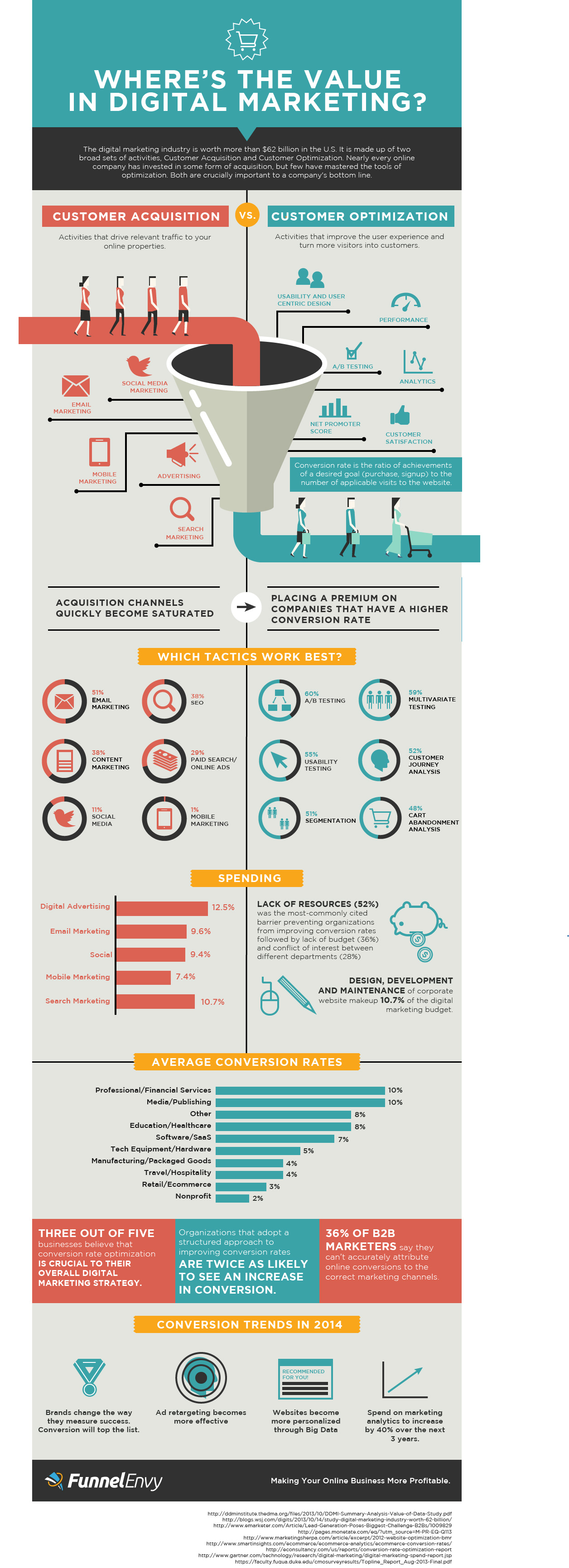Emotion and Personal Value for B2B Marketing
by Caleb Gallifant
A fundamental difference between a B2B and B2C buyer is that a B2B buyer makes decisions on behalf of an organization (or group of individuals) while a B2C buyer tends to make decisions for one person (him or herself). This has led to the assumption that B2B buyers care more about the numbers, ROI and corporate alignment than whether he or she personally identifies or connects with the service or product offered. But the folks at Kapost want to challenge this notion arguing that B2B marketing may not be as pragmatic and left-brained as many have supposed. In fact, Kapost proposes that emotion, personal value and individual connection is a profitable tool to be wielded by B2B marketers.

